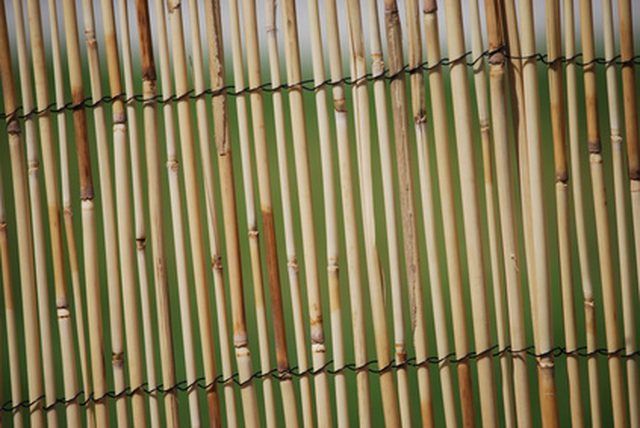Bulbs
Flower Basics
Flower Beds & Specialty Gardens
Flower Garden
Garden Furniture
Garden Gnomes
Garden Seeds
Garden Sheds
Garden Statues
Garden Tools & Supplies
Gardening Basics
Green & Organic
Groundcovers & Vines
Growing Annuals
Growing Basil
Growing Beans
Growing Berries
Growing Blueberries
Growing Cactus
Growing Corn
Growing Cotton
Growing Edibles
Growing Flowers
Growing Garlic
Growing Grapes
Growing Grass
Growing Herbs
Growing Jasmine
Growing Mint
Growing Mushrooms
Orchids
Growing Peanuts
Growing Perennials
Growing Plants
Growing Rosemary
Growing Roses
Growing Strawberries
Growing Sunflowers
Growing Thyme
Growing Tomatoes
Growing Tulips
Growing Vegetables
Herb Basics
Herb Garden
Indoor Growing
Landscaping Basics
Landscaping Patios
Landscaping Plants
Landscaping Shrubs
Landscaping Trees
Landscaping Walks & Pathways
Lawn Basics
Lawn Maintenance
Lawn Mowers
Lawn Ornaments
Lawn Planting
Lawn Tools
Outdoor Growing
Overall Landscape Planning
Pests, Weeds & Problems
Plant Basics
Rock Garden
Rose Garden
Shrubs
Soil
Specialty Gardens
Trees
Vegetable Garden
Yard Maintenance
Patio & Fence Screen Material
Patio & Fence Screen Material. Privacy is often hard to come by in outdoor spaces, especially where population densities are high. Even where there is plenty of space, neighboring properties may have eyesores that you just don't want to look at. This is where screening materials come into play. You can get the privacy you crave, or make unsightly...

Privacy is often hard to come by in outdoor spaces, especially where population densities are high. Even where there is plenty of space, neighboring properties may have eyesores that you just don't want to look at. This is where screening materials come into play. You can get the privacy you crave, or make unsightly things disappear by adding these to the patio structure, or to a fence.
Function
Keeping things out, or keeping them in, while still offering a view are the primary functions of any screen. Patio and fence screens are typically focused on maintaining privacy or hiding unwanted views beyond the property. You might require a patio screen to provide optimum privacy, while a fence screen only minimal privacy. When you do not want to see anything on the other side of your fence, then you need a solid fence, not a screen. On patios it helps the living environment to still have some air flow and light filtering through the screen.
Features
Consider durability and suitability as the main features of screening materials. Durable materials will last a long time and ideally will require little maintenance. A suitable material fits the space to be screened without adding too much weight or requiring more construction than minimally necessary. These two features must be tempered by cost.
Types
Patio and fence screens are only limited by your imagination and means. There are some materials designed to be screens, like wooden or vinyl lattice, or chain link fence with privacy slats. Lumber is widely used for screening in both fences and patios. Its dimensional consistency makes it a good choice for repetitive patterns like a row of upright 2 x 4s spaced just an inch or two apart. Small-diameter pipe spaced slightly apart in a horizontal or vertical pattern creates a corduroy screen. Using salvaged materials keeps them out of landfills. These might be pieces of lumber left over from other projects, or materials saved when dismantling other structures.
Size
Screens might span an entire patio or fence surface, or be confined to just one area. Their height is limited by the uprights that support them but they could still stretch above them if they are made from rigid material like lumber. The bigger they get the more they cost in time or money, or both. The optimal size for a screen is the one that meets your needs and no more. So you might screen only one side of your patio, or only so many feet of your fence.
Time Frame
Lightweight materials like lattice install easily and quickly and do not require substantial construction. It takes longer to build a screen as it becomes more complex, or when you mix different types of materials.